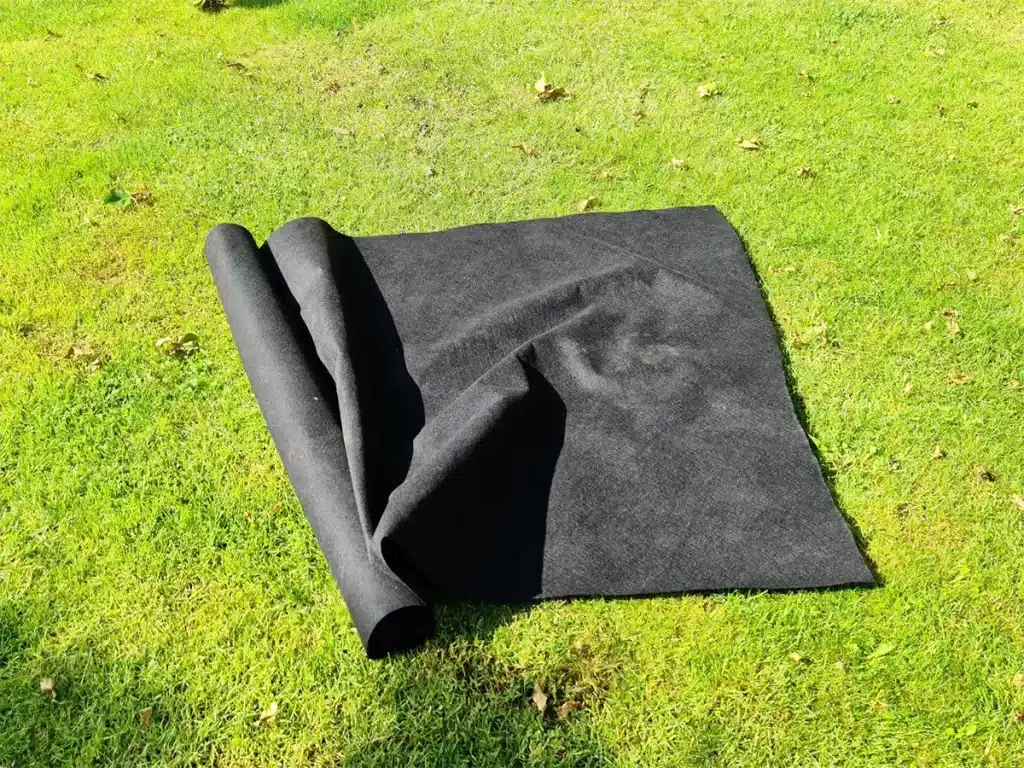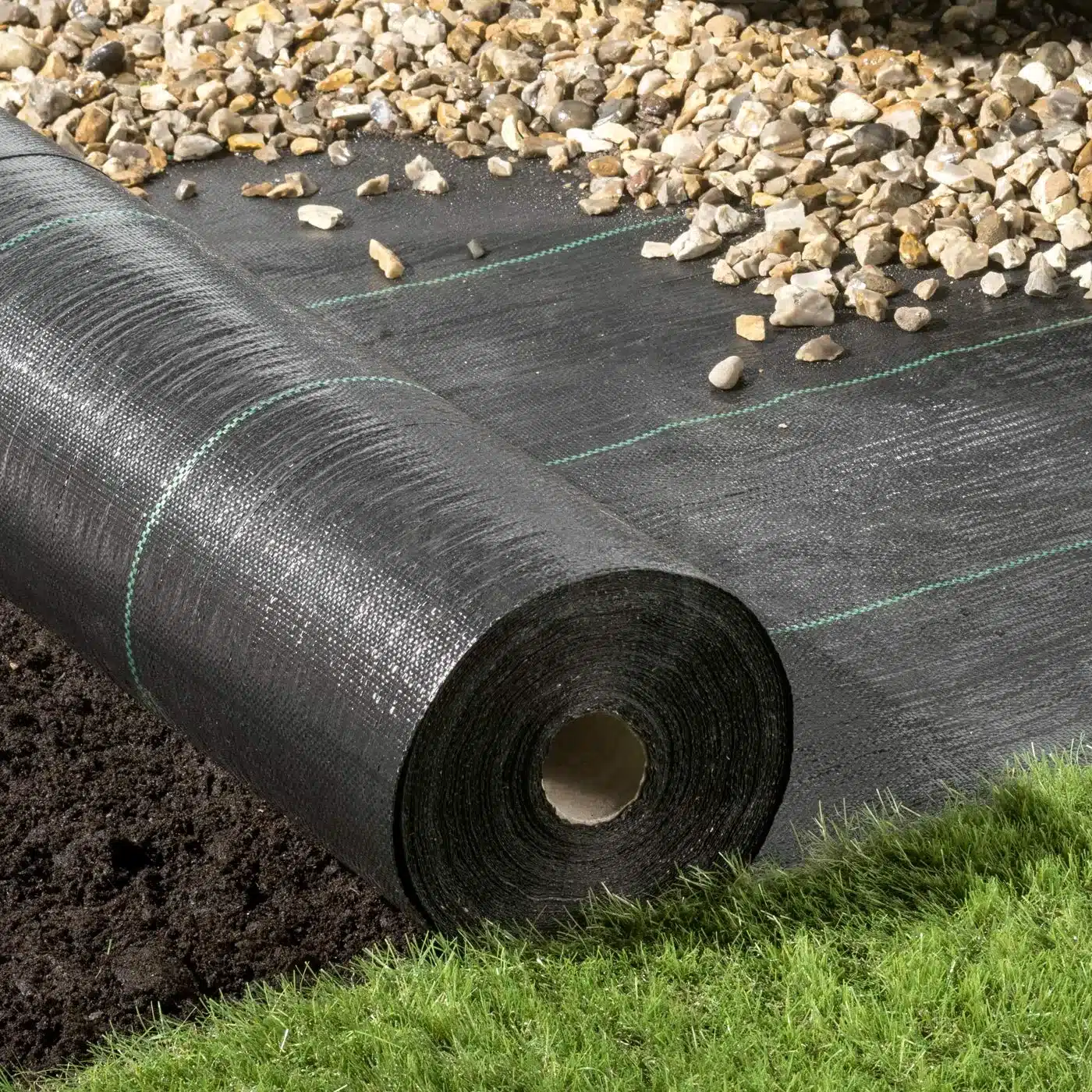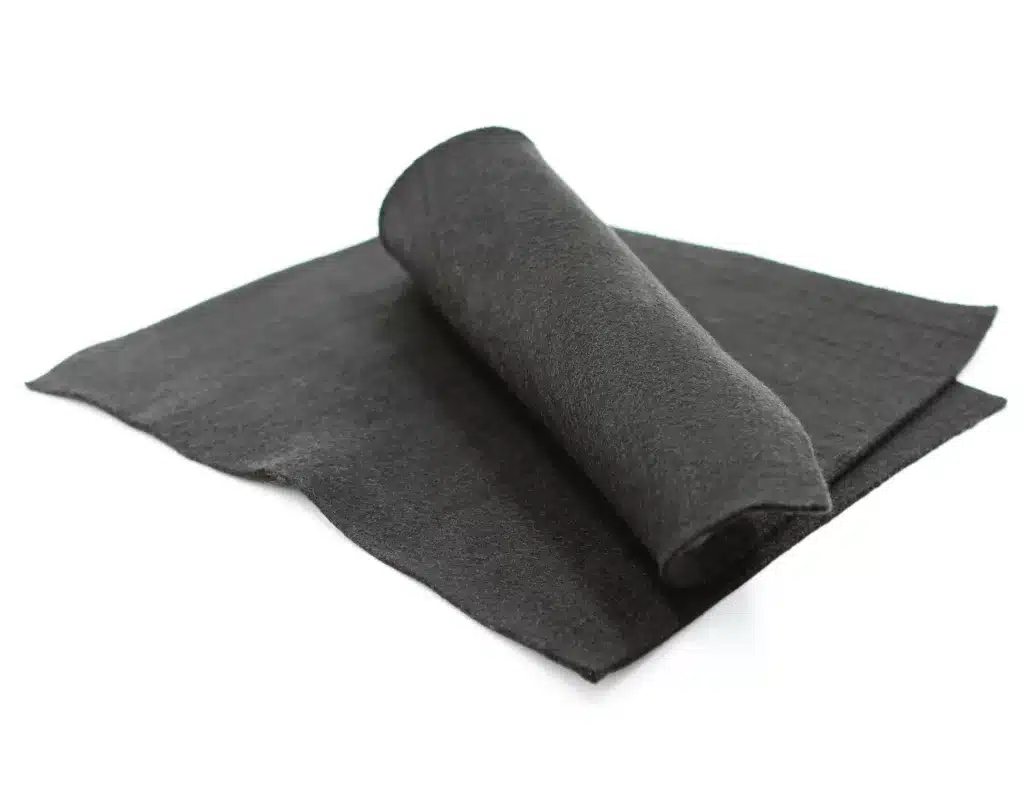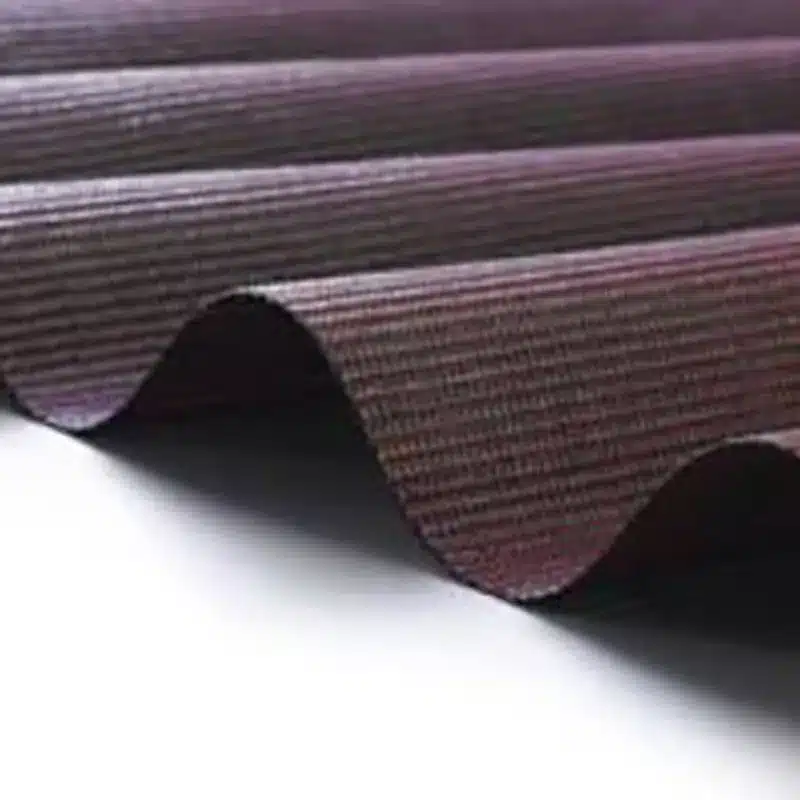Woven or Non-Woven Landscape Fabric: Which is Right for Your Garden?
Landscape fabric is an essential tool for gardeners and landscapers aiming to control weeds, conserve soil moisture, and enhance plant health. Among the various types available, woven and non-woven landscape fabrics are popular choices. Nonwoven geotextile fabric is used for things like retaining walls and sandbags, while woven geotextile fabric is ideal for driveway construction and erosion control projects. This article explores the nuances of these fabrics, addressing common questions and helping you make an informed decision for your landscaping needs.

Is non-woven geotextile fabric the same as landscape fabric?
Non-woven geotextile fabric and landscape fabric are often used interchangeably, but they are not necessarily the same. Non-woven geotextile fabric is a broader category that includes various applications beyond landscaping, such as in road construction and erosion control. Landscape fabric, on the other hand, is specifically designed for gardening and landscaping purposes. Landscape fabric is primarily utilized as a physical barrier, whereas drain field fabric is used as a filter. While non-woven geotextile can be used as landscape fabric, it is essential to ensure it meets the specific requirements for weed control and soil health in a gardening context.
Can Can you use geotextile fabric for landscaping?
Yes, geotextile fabric can be used for landscaping. One of the most common landscaping fabrics is non-woven geotextile fabric. Geotextile fabrics, both woven and non-woven, are versatile and offer excellent weed control, soil stabilization, and moisture retention, making them suitable for various landscaping projects. When selecting a geotextile fabric for landscaping, it is crucial to choose one that balances durability with permeability to ensure plants receive adequate water and nutrients while keeping weeds at bay.
WWWhat are the differences between non-woven geotextiles and woven geotextiles?
The primary differences between non-woven and woven geotextiles lie in their manufacturing process, structure, and typical applications:
Manufacturing Process:
- Non-Woven Geotextiles: Made by bonding fibers together using chemical, thermal, or mechanical means. They have a felt-like texture and are typically more flexible.
- Woven Geotextiles: Produced by weaving individual threads into a tight, crisscross pattern, similar to traditional fabric weaving. They are generally stronger and more durable.
Structure:
- Non-Woven Geotextiles: Have a random arrangement of fibers, which allows for better water permeability and filtration. Non-woven geotextiles have higher flow rates and permeability.
- Woven Geotextiles: Feature a regular pattern of fibers, offering high tensile strength but less permeability compared to non-woven types. Woven geotextiles have higher strength values.
Applications:
- Non-Woven Geotextiles: Ideal for applications requiring filtration, drainage, and protection, such as landscaping, drainage systems, and soil separation.
- Woven Geotextiles: Suited for reinforcement and stabilization projects, such as road construction, retaining walls, and embankments.

WhWhat is the use of geotextile fabric in the landscape?
Geotextile fabric in landscaping serves multiple purposes:
- Weed Control: Acts as a barrier to prevent weeds from penetrating the soil surface while allowing water and nutrients to reach plant roots.
- Soil Stabilization: Helps in preventing soil erosion by holding soil particles together, especially on slopes and embankments.
- Moisture Retention: Conserves soil moisture by reducing evaporation, which is beneficial in dry climates or during drought conditions.
- Root Separation: This prevents aggressive plant roots from spreading and invading other areas, ensuring that different plants can grow without competition.
- Separation: Used to separate sand, gravel, and soil, preventing them from mixing.
Using geotextile fabric in landscaping enhances plant health, reduces maintenance efforts, and contributes to a more sustainable garden environment.
Choosing between woven and non-woven landscape fabric depends on your specific landscaping needs. While non-woven geotextile fabrics offer excellent permeability and flexibility, woven geotextiles provide superior strength and durability. Both types can be effectively used in landscaping to control weeds, stabilize soil, and retain moisture. By understanding the differences and applications of each, you can make an informed decision to create a thriving and low-maintenance garden.



Comments
Post a Comment